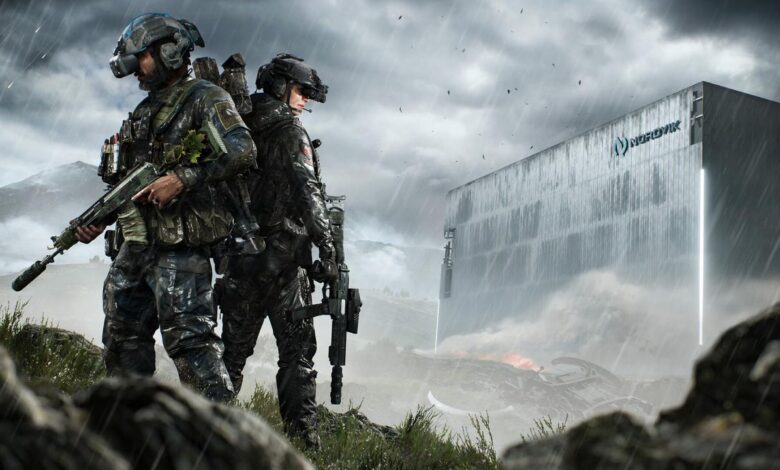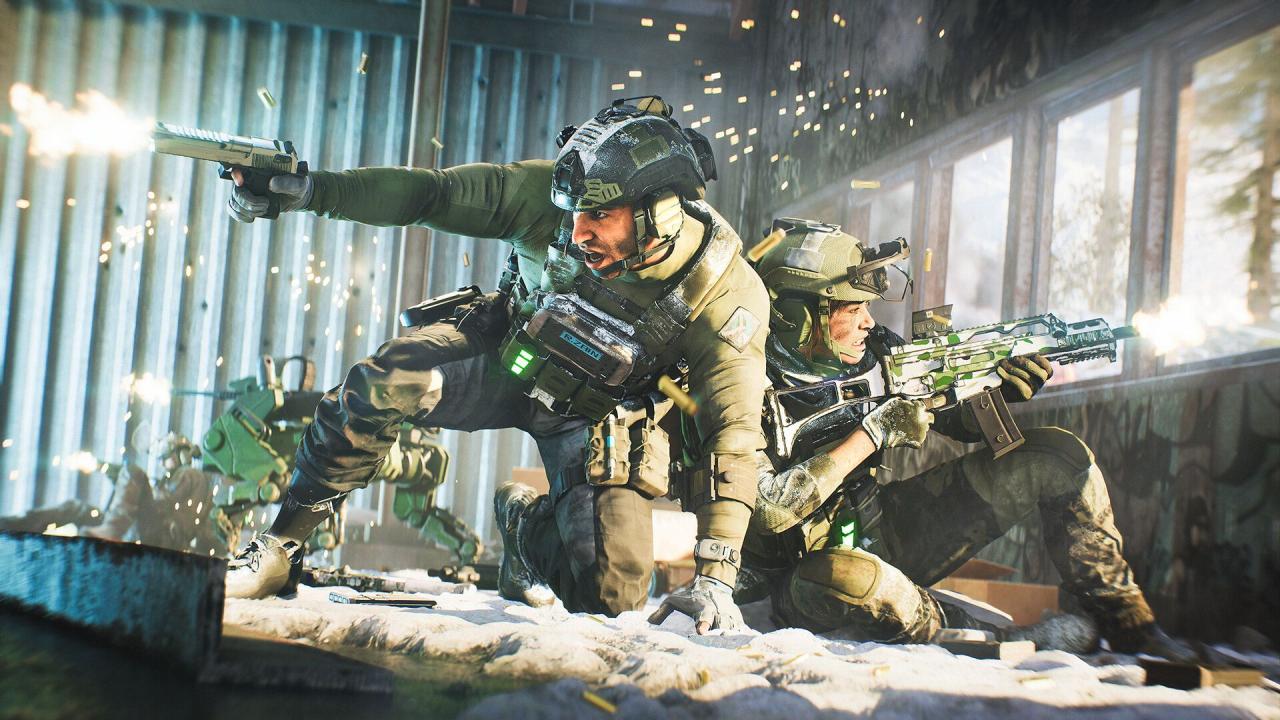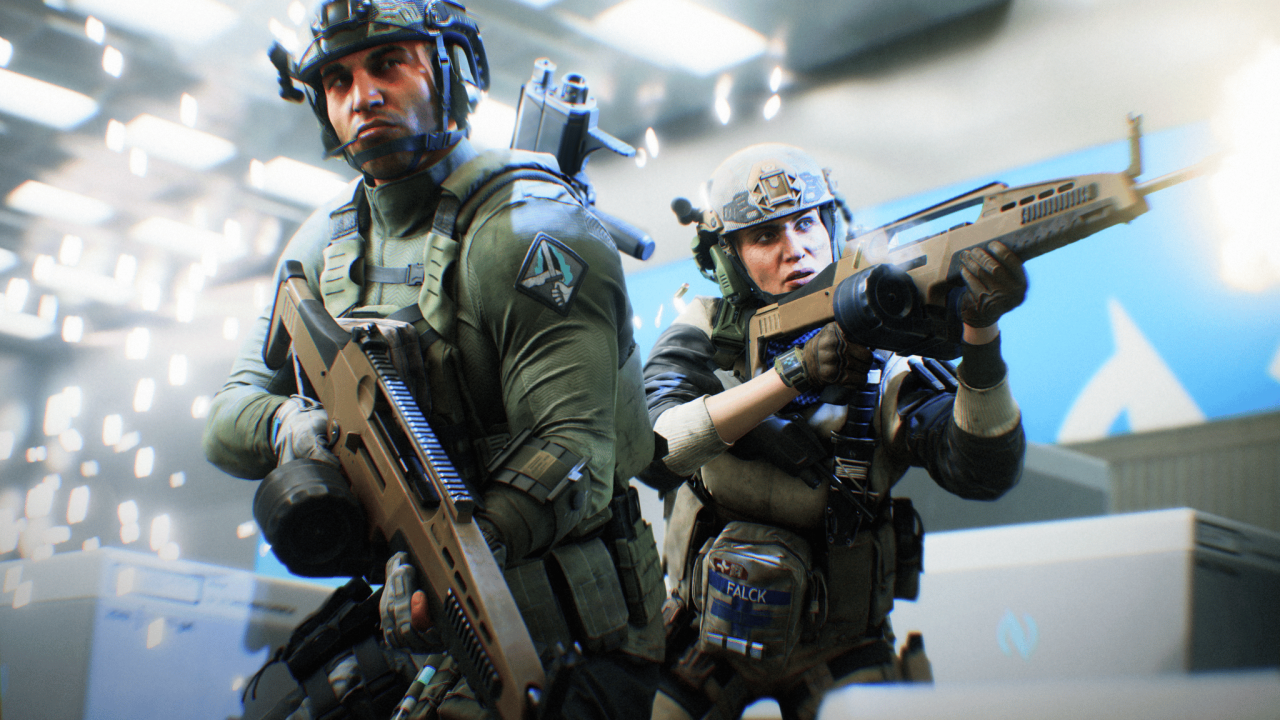Master the Battlefield: Essential Wargame Tactics and Titles

If you crave strategic depth and the kind of mental workout that leaves you feeling like a true commander, you’re likely already drawn to the intricate world of wargames. These aren’t just games; they’re digital simulations of history, logistics, and military doctrine.
They demand patience, foresight, and a willingness to learn from devastating defeats. The satisfaction of executing a perfectly planned flanking maneuver, or crippling an enemy supply line after hours of careful preparation, is unmatched in the gaming world.
But where should a dedicated tactician focus their energy? The wargaming genre is vast, spanning complex historical simulations (H-Sims), tense real-time tactics (RTT), and deep, turn-based operational classics.
Choosing the right titles and mastering the right universal principles is key to becoming a true master of the digital battlefield. We’ve compiled the ultimate guide, diving deep into the tactics that transcend specific eras and the must-play games that exemplify strategic brilliance.
The Core Pillars of Wargaming Mastery

Before discussing specific titles, every aspiring grand strategist must understand the universal, foundational concepts that dictate success in almost every wargame, regardless of whether it’s set in the Napoleonic Wars or a futuristic sci-fi conflict.
A. The Importance of Information Warfare
In any conflict, the biggest advantage is knowing what your opponent doesn’t. This goes beyond simple scouting; it’s about systematically managing and manipulating the flow of intelligence.
- Reconnaissance and Surveillance: Utilize light, fast units (scouts, drones, cavalry) to peek behind enemy lines. This reveals troop composition, direction of travel, and, most importantly, key supply depots.
- Deception and Misdirection: Use feints and disposable units to draw enemy attention away from your main thrust. A strong attack on a minor flank can fix an enemy’s reserves while your main force breaches the actual objective.
- Understanding Line of Sight (LoS) and Fog of War: True masters of tactics understand the limits of their enemy’s vision. Exploit terrain—hills, forests, urban areas—to conceal force concentrations. Never move a major force without considering how and when it will appear on the enemy’s map.
B. Mastering the Supply Line (Logistics)
Often the most overlooked and unglamorous aspect of war, logistics is the lifeblood of any army. A brilliant offensive can collapse instantly if units run out of fuel, ammunition, or morale.
- The ‘Road to Ruin’ Concept: Trace your enemy’s main supply routes. A small, well-placed ambush or a swift move to capture a single road junction can render a massive army ineffective days later, forcing a costly retreat.
- Maintaining Reserves: Always keep a dedicated, intact reserve force. They aren’t meant for the main battle; they are meant to exploit a breakthrough, counter an unexpected enemy flank, or reinforce a collapsing defensive line. A reserve force buys you time.
- The Importance of Infrastructure: In games where building or repairing is possible, prioritize bridges, rail lines, and airfields. These assets speed up reinforcement dramatically, giving you a superior rate of force regeneration compared to an opponent reliant on slow road movement.
C. Terrain and Unit Positioning
The map is not a flat playing field; it is your greatest ally or your worst enemy. Smart positioning can multiply the effectiveness of a weak unit or neutralize the power of a strong one.
- Elevation Advantage: Units fighting from high ground receive huge bonuses to defense and often inflict greater damage. Artillery positioned on hills can cover larger areas and stay safe from counter-battery fire.
- Cover and Concealment: Units placed in forests, towns, or defensive structures (bunkers, trenches) gain defensive bonuses, dramatically increasing their staying power. Use this to create “sponges” that absorb enemy attacks while your main force maneuvers.
- The Flanking Principle: The core truth of tactics: attacks from the flank or rear are exponentially more effective than frontal assaults. They ignore the enemy’s main defenses, crush their morale, and deny them the chance to properly fire back. Always maneuver to hit the enemy’s side.
Essential Wargames for the Serious Strategist

To truly hone these skills, you need titles that are built around uncompromising realism and mechanical depth. These recommended games are categorized by the primary strategic lesson they teach.
A. The Operational & Logistics Challenge: Hearts of Iron IV (HoI4)
This World War II grand strategy game forces players to manage not just armies, but entire nations. The lesson here is Grand Strategy and Production.
- Industry Management: HoI4 demonstrates that wars are won in the factories. You must decide whether to build civilian infrastructure (long-term gain) or military factories (immediate need). A single decision in 1936 dictates the size of your army in 1941.
- Theater Command and AI Delegation: The game’s complex front line system teaches you when to delegate tasks to AI generals (Theater Command) and when to micromanage specific breakthroughs. This mirrors the real-world challenge of maintaining command clarity across vast fronts.
- Template Design: Success isn’t just about unit numbers; it’s about the design of the Division template itself. Balancing soft attack, hard attack, armor, and supply consumption is a meta-game in itself, forcing you to design forces for specific terrain and enemy types.
B. The Tactical & Combined Arms Masterpiece: Company of Heroes 3 (CoH3)
Focusing on the squad level, CoH3 is the gold standard for Real-Time Tactics (RTT), emphasizing unit synergy, morale, and environmental destruction.
- Unit Hard Counters: CoH3 exemplifies the rock-paper-scissors dynamic. Machine guns pin down infantry, anti-tank guns destroy vehicles, and mortars suppress fixed positions. The tactical challenge is ensuring you have the right counter available at the right time.
- Destructible Cover: The fully destructible environments force constant tactical repositioning. That stone wall providing excellent cover now might be rubble in thirty seconds, demanding you find the next piece of safety.
- Combined Arms Coordination: You cannot win with just tanks or just infantry. The game forces you to coordinate: infantry spot for the tanks, tanks shield the infantry, and engineers lay mines or repair damage, creating a symbiotic combat unit.
C. The Historical & Hex-Grid Purity: War in the East/West Series
These massive, detailed titles offer an unparalleled level of Historical Operational Detail. They are dense, daunting, and incredibly rewarding.
- The Supply Hex: The central lesson of this series is the tyranny of the supply hex. If your units cannot draw supply from a friendly hex connected to a rail line, they become immediately combat-ineffective, regardless of their firepower. This beautifully simulates the immense logistical challenges of fighting a multi-million-man campaign.
- Air Superiority and Interdiction: The air war is not optional. You must manage air doctrine, sortie rates, and targets. Ground attacks (interdiction) against enemy rail lines cripple their supply, while fighter sweeps clear the way for your bombers.
- Managing Attrition: Units take permanent damage, not just momentary health loss. Overextending an attack can result in your elite divisions being permanently weakened for the rest of the war, teaching a valuable lesson in force preservation.
Advanced Strategic Concepts: Thinking Like a General
Moving beyond basic maneuvers, master strategists apply high-level thinking that shapes the entire conflict.
A. The Principle of Economy of Force
This states that you must use minimal force in secondary areas to hold the line, thus concentrating maximum force in the critical area where you intend to achieve the breakthrough.
- Hold with the Weakest: Deploy terrain-dependent, fortified, or otherwise low-maintenance units on flanks that you don’t intend to attack.
- Strike with the Strongest: Allocate the elite, mobile, and supply-intensive forces to the one narrow point where a breakthrough will be decisive (e.g., cutting off the enemy capital or vital resource region). This is the foundation of the German Blitzkrieg doctrine.
B. Positional Warfare and the Defensive Line
Defense is often the most cost-effective way to fight, trading low casualties for high enemy attrition.
- The Elastic Defense: Do not try to hold every inch of ground. Allow the enemy to advance into a fortified, prepared zone (a “killing sack”). Let them expend fuel and ammunition, then counter-attack their now-exhausted, overextended lines.
- Fortifications and Terrain: Always build defensive structures that enhance existing terrain. Placing a bunker on flat ground is less effective than placing one in a choke point between a mountain and a river.
- The Withdrawal Trap: Feign a panicked retreat to lure the enemy into abandoning their own defensive positions and entering a pre-planned kill zone, often surrounded by artillery fire or tank traps.
C. The Power of Asymmetry
In many wargames, you will play as a numerically or technologically inferior side. Success comes from exploiting the asymmetries of the conflict.
- Speed vs. Strength: If your army is weaker but faster (e.g., early war French tanks vs. German tanks), refuse a direct battle. Hit their flanks, destroy their supply, and retreat before they can bring their heavy assets to bear.
- Morale vs. Logistics: Target units with poor morale (or historically lower morale). A successful attack on one vulnerable unit can cause a chain reaction of retreats and routs across the entire front.
- Exploiting Rules: Find the specific mechanics that your opponent neglects. Is it air power? Naval dominance? Research technology? Invest heavily in that neglected area to gain an unanswerable advantage.
Beyond Combat: The Non-Military Wargame
Wargaming doesn’t always involve tanks and trenches. Some of the most challenging strategy games focus on political, economic, or logistical warfare.
A. Political Wargaming: Twilight Struggle
This two-player masterpiece simulates the Cold War. The struggle is not fought with armies, but with political influence, coups, and space race dominance.
- Area Control and Influence: The core mechanic is spending influence to control countries. The strategic lesson is that soft power (cultural and political weight) can be more potent than military force.
- Crisis Management: Event cards often trigger global crises (e.g., Cuban Missile Crisis) that force players to make high-stakes diplomatic choices. Managing the risk of nuclear war while maximizing political gain is the central, agonizing dilemma.
B. Economic Wargaming: Railroad Tycoon Series
While appearing to be a transport simulator, this series is a brutal economic war. You are fighting to monopolize resources and transport links.
- Infrastructure as a Weapon: The game teaches that control of infrastructure equals control of the economy. By building a better route or acquiring a key industry, you can starve your competitors of profit and resources.
- Financial Sabotage: Buying out or bankrupting a rival company through calculated financial moves is the ultimate victory, proving that the capital battlefield is as merciless as the military one.
C. Resource Wargaming: Oxygen Not Included
A surprisingly deep resource management game where you manage a colony of “Dupes” trapped in a dangerous asteroid. The war is fought against Physics and Entropy.
- Ecosystem Management: You must master the flows of heat, pressure, gas densities, and contamination. Mismanaging these resources leads to colony collapse, not by monster attack, but by physics failure (e.g., suffocating in toxic gas or overheating).
- Automated Warfare: Victory lies in creating fully self-sustaining, efficient automated systems that eliminate human error. The factory floor is the ultimate tactical challenge.
Conclusion
The world of wargaming is an endless well of intellectual challenge, and the year 2025 sees this genre pushing the boundaries of realism, complexity, and sheer scope.
The titles we’ve explored, from the logistical nightmares of War in the East to the fast-paced tactical coordination of Company of Heroes 3, prove that strategy is a timeless skill.
Mastery in this space is not achieved through simply learning unit statistics, but through internalizing the universal principles of conflict.
You must learn to treat information as your most precious resource, utilizing subtle reconnaissance and grand deception to gain the upper hand.
You must acknowledge the tyranny of logistics, understanding that an army marches on its fuel and ammunition, and that a single cut supply line is often more valuable than a destroyed tank.
Crucially, you must embrace the principle of economy of force, concentrating your strength where the decision will be made while holding the rest of the line with minimal investment.
Wargames offer a profound appreciation for history, complexity, and the agonizing choices faced by real commanders.
They force you to think several turns ahead, manage simultaneous crises, and constantly adapt to an opponent who is equally motivated to see you fail.
By diving into these recommended titles and rigorously applying these core tactical pillars, you’re not just playing a game—you’re engaging in a detailed, rewarding simulation of the most complex human endeavor: war itself. The battlefield is waiting, commander.